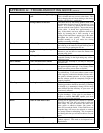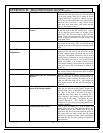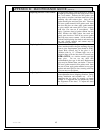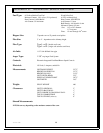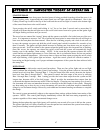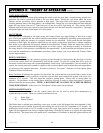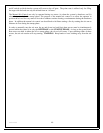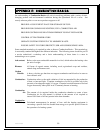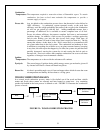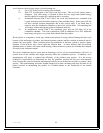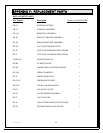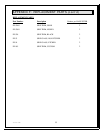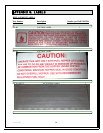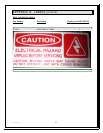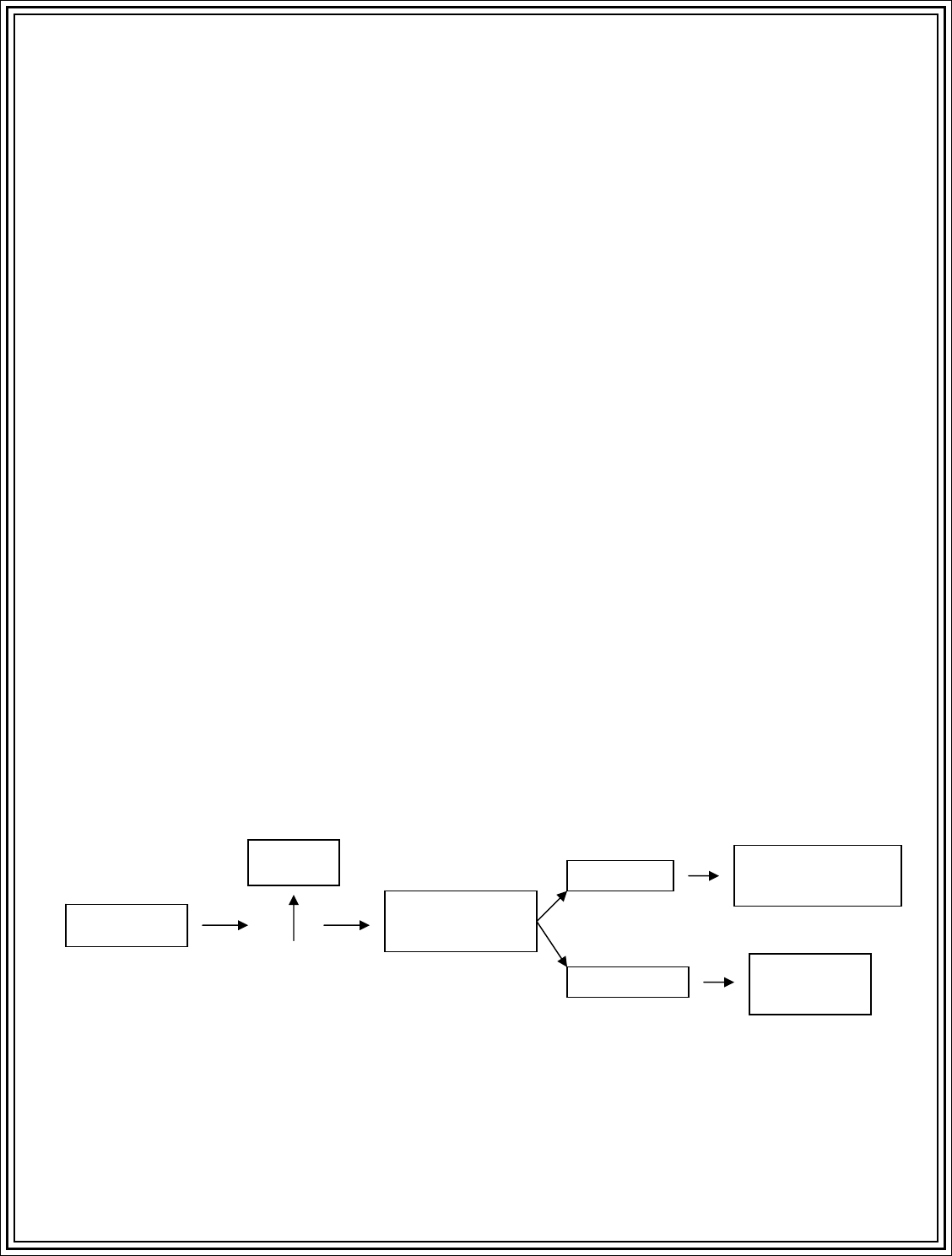
Version 2.0b 51
Combustion
Temperature: The temperature required to ensure the release of flammable vapors. To sustain
combustion, the heat evolved must maintain this temperature to provide a
constant supply of vapors.
Excess Air: Any air added to the combustion process above the theoretical value defined as
100% efficiency. A combustion system operated exactly at the peak burn
efficiency ratio has a high probability that some of the oxygen in the combustion
air will not get paired up with the fuel. Adding excess air ensures that a
percentage of additional air is available to ensure complete burn of all fuel.
Excess air reduces efficiency but ensures complete fuel burn as environmental
variables change. In addition, a little excess air provides a cushion against the
fuel-air ratio drifting over into the rich (excess fuel) range. With time, all
combustion systems will tend to burn richer (that is more fuel than air.) The big
enemy that creates a richer burn is dirt. Dirt is more likely to accumulate in the
air system rather than in the fuel system. The combustion and makeup air fans,
in addition to everything else within a stove, are giant vacuum cleaners, sweeping
in any dust, dirt and vapors that happen by. In time, the systems air path becomes
partially obstructed, starving the system for air and causing the fuel-air ratio to
become rich. Excess air ensures that complete combustion can occur at all times
regardless of changes in environmental variables.
Ignition
Temperature: The temperature at or above which a substance will combust.
Pyrolysis: The second stage of ignition during which energy causes gas molecules given off
by a heated solid fuel to vibrate and break into pieces.
Room Air: Air that is passed through a stove’s heat exchanger tubes which elevates the room
air temperature and thereby delivers heat to a living space.
WOOD COMBUSTION BASICS
In a normal wood combustion process, water is first boiled out of the wood and then volatile
matter and fixed carbon matter are released and later burned to create heat. Any remaining
product left behind in the burn process is defined as ash. FIGURE 21 illustrates the combustion
process of wood.
FIGURE 21: WOOD COMBUSTION PROCESS
Heat
Moisture
Solid Particles
Pyrolysis
Volatiles
Carbon
Gas Phase Volatile
Oxidation
Carbon Phase
Oxidation



